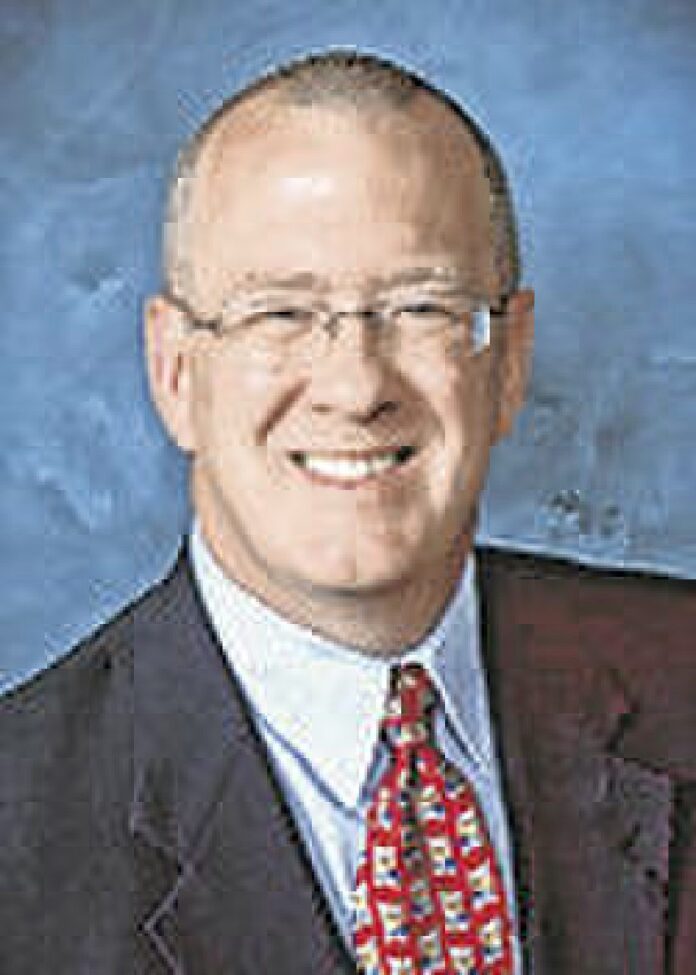My colleague Dagney Faulk and I recently completed an analysis of the fiscal effect of school choice on Indiana taxpayers. I learned a few surprising things that are likely to prompt anyone with strong feelings about school choice. So, it’s best to proceed with an open mind.
Indiana adopted universal school choice a little more than a decade ago. That occurred through a series of changes that together made Indiana the national leader in school choice. Beginning after 2000, the legislature created and then expanded charter school programs. These are public schools that are overseen by a university, a municipality or a local public school system.
The state also instituted full public school choice, and while there are limits, the state largely permits students to attend the school of their choice, with state funding following the student.
I know much of the rhetoric about school choice claims it is designed to destroy public education. If so, it has been a colossal failure. Since Indiana began its path to school choice, private school enrollment in the state has plummeted by more than half. In 2000, more than 134,000 or 12% of Hoosier children, attended private schools. Today it is under 61,000 or 5.4%.
Much of that change cannot be attributed directly to school choice. The introduction of nationwide school performance measures in the mid-2000s revealed what public education advocates have long argued: Many of Indiana’s local public schools outperform nearby private schools, which certainly led to part of the exodus of private school students to public schools.
The broader policy goal of school choice always was to cause schools to compete for students on issues of quality. The stark reality is that when it came to competing for students, Indiana’s local public schools absolutely dominated the competition. By the 2019-20 school year, local public schools’ share of students rose from just under 88% to more than 91% of students.
In contrast, school choice has been devastating for Indiana’s private schools. While there are a few that prosper, most struggle. Mergers or outright closure of many private schools continue to be a real risk to school choice in many communities. Today, Indiana pays for just 6.2% of students to attend either charter schools or offers vouchers for private schools.
By diverting students to less expensive schools, our study found that Indiana’s school choice saved the state close to $88 million in 2019-20. The details of this are located in our study at https://bsu.edu/cber/publications, but it is worth explaining how the findings might be sensitive to assumptions about enrollment patterns. We calculated the savings from students using vouchers instead of attending their local public school.
To start, let’s assume that only half those students would leave private schools if the voucher program ended. At first blush, that might reduce savings by maybe $30 million. However, if 17,000 kids left private schools, many would close and send perhaps 50,000 more kids into public schools. That would be far more expensive. Few people will speak to the issue openly, but we’d be better off acknowledging that increasing vouchers is largely about preventing private schools from closing, which results in less competition for enrollment in local public schools.
This study didn’t mention it, but in the years following full school choice, the performance of Hoosier kids on national tests has improved substantially. Again, that was the big goal of school choice, to improve performance in all schools.
Though this study offers analysis that should cool tempers about school choice, we also note deeper problems in Indiana’s education policy.
From 2010 to 2020, during the longest economic expansion in Indiana history, inflation-adjusted spending on K-12 education declined, both as a share of our economy and on a per-student basis. The study shows the funding cuts to K-12 education from 2010 to 2020 were the steepest in state history.
As Indiana’s economy grew, funding for schools declined. Indiana wasn’t the only state to do so, but educational attainment in Indiana lags the nation. Even with the benefits of school choice, Indiana’s cuts to education and growing educational gap clearly have slowed our economic growth.
I am proud of Indiana’s courage in tackling school choice, and appreciative that the next state budget restores much of the cuts to K-12 education. But, it didn’t go far enough, nor did it reverse the cuts to higher education, where Indiana now finds itself near the bottom of the nation. Ultimately, how well we educate our children and young adults has far more to do with our prosperity than any other policy. In the end, it doesn’t really matter how robust our school choice options are if fewer and fewer people choose to live and work in Indiana.
Michael Hicks is a professor of economics at Ball State University.
Michael J. Hicks is the director of the Center for Business and Economic Research and the George and Frances Ball Distinguished Professor of Economics in the Miller College of Business at Ball State University. Send comments to [email protected].




